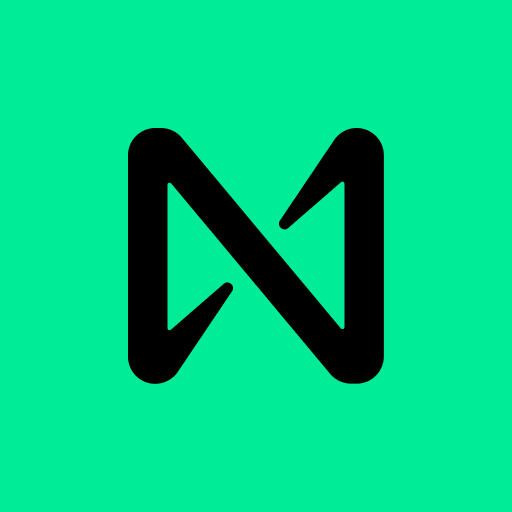Discover the future of blockchain technology through NEAR Protocol’s groundbreaking approach to scalability. Traditional limitations are overcome with innovative sharding and parallel processing, setting the stage for enhanced blockchain usability and adoption. As NEAR protocol aims to redefine scalable blockchains, other platforms like Visit https://bitiq.app/are simplifying the online trading space for many.

NEAR Protocol: A New Approach
In the realm of blockchain technology, where scalability has long been a pressing issue, NEAR Protocol emerges as a promising solution that redefines the way scalable blockchains are approached. Traditional blockchain platforms like Bitcoin and Ethereum have faced limitations in handling a high volume of transactions efficiently, leading to concerns about scalability and usability.
One of the standout features of NEAR is its implementation of sharding and parallel processing. Sharding involves breaking down the blockchain network into smaller segments, or “shards,” which can process transactions independently. This approach greatly enhances the network’s capacity to handle multiple transactions simultaneously, resulting in higher throughput and improved overall performance.
Parallel processing, another key component of NEAR’s architecture, allows multiple transactions within a shard to be processed concurrently. By doing so, NEAR minimizes bottlenecks and ensures that the network operates at optimal efficiency, even during periods of high activity.
NEAR Protocol’s approach extends beyond just technical innovation; it also fosters a developer-friendly environment that encourages creativity and growth within the blockchain ecosystem. Developers building on NEAR can access a rich set of tools, libraries, and resources that streamline the development process.
The Building Blocks of NEAR
Sharding, a concept central to NEAR’s architecture, involves the partitioning of the blockchain network into smaller units called “shards.” Each shard operates independently, processing its own set of transactions. This segmentation allows for the parallel execution of transactions across multiple shards simultaneously, effectively increasing the network’s capacity to handle a higher transaction volume. Shardingaddresses one of the major challenges of scalability in blockchain systems, as it prevents the entire network from being congested by a surge in transactions. NEAR’s sharding approach not only improves throughput but also enhances the platform’s ability to adapt and scale with growing demand.
Parallel processing complements sharding by enabling concurrent execution of transactions within each shard. This means that transactions within a single shard are processed simultaneously, reducing the time it takes to confirm transactions and enhancing the overall speed of the network. Parallel processing prevents bottlenecks that can arise when transactions are processed sequentially, as seen in traditional blockchain platforms. NEAR’s implementation of parallel processing ensures that the platform remains efficient and responsive, even during periods of high activity.
The combination of sharding and parallel processing forms the foundation of NEAR Protocol’s ability to provide a high-throughput, low-latency blockchain solution. By optimizing the way transactions are processed and confirmed, NEAR effectively addresses one of the most significant challenges facing blockchain technology. This innovative architecture not only enhances the performance of the platform but also opens up opportunities for a wide range of applications that require fast and efficient transaction processing, such as decentralized finance (DeFi) and non-fungible tokens (NFTs).
Real-World Applications
NEAR Protocol’s innovative approach to scalability has not only opened up new possibilities within the blockchain realm but also has practical implications across various real-world applications. Two notable areas where NEAR’s scalability shines are decentralized finance (DeFi) and non-fungible tokens (NFTs).
DeFi applications, which encompass a wide range of financial services, rely heavily on quick and cost-effective transactions. The high throughput and low transaction costs provided by NEAR’s architecture make it an ideal platform for hosting complex DeFi protocols. With the ability to handle a large number of transactions simultaneously, NEAR enables DeFi projects to operate efficiently, ensuring that users can seamlessly engage in lending, borrowing, trading, and yield farming without experiencing delays or exorbitant fees.
Moreover, NEAR’s scalability enhances the potential for innovation within the DeFi space. Developers can experiment with novel financial instruments and intricate smart contract interactions, knowing that NEAR’s infrastructure can support their creations. As DeFi continues to reshape traditional finance, NEAR Protocol’s scalability contributes to the sector’s growth and adoption by providing a stable and high-performance platform.
NFTs, the digital assets that have taken the art and entertainment worlds by storm, also find a suitable home on NEAR Protocol. NFTs rely on the rapid and reliable confirmation of transactions, as creators and collectors alike seek to buy, sell, and showcase their digital creations.
Artists and creators can leverage NEAR’s scalability to offer a seamless experience to NFT enthusiasts, enabling them to purchase and interact with digital collectibles without the frustration of slow transaction times.
Conclusion
Innovating the blockchain landscape, NEAR Protocol’s sharding and parallel processing revolutionize scalability. From enabling DeFi to empowering NFTs, NEAR’s impact reverberates across real-world applications, heralding a new era of efficient and accessible blockchain solutions.




